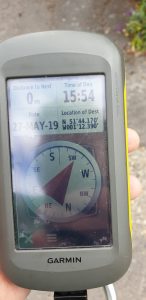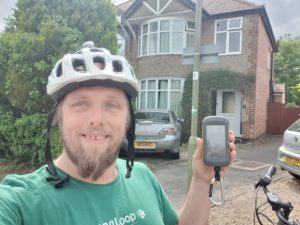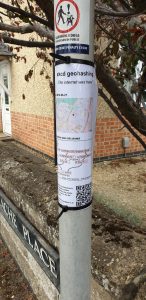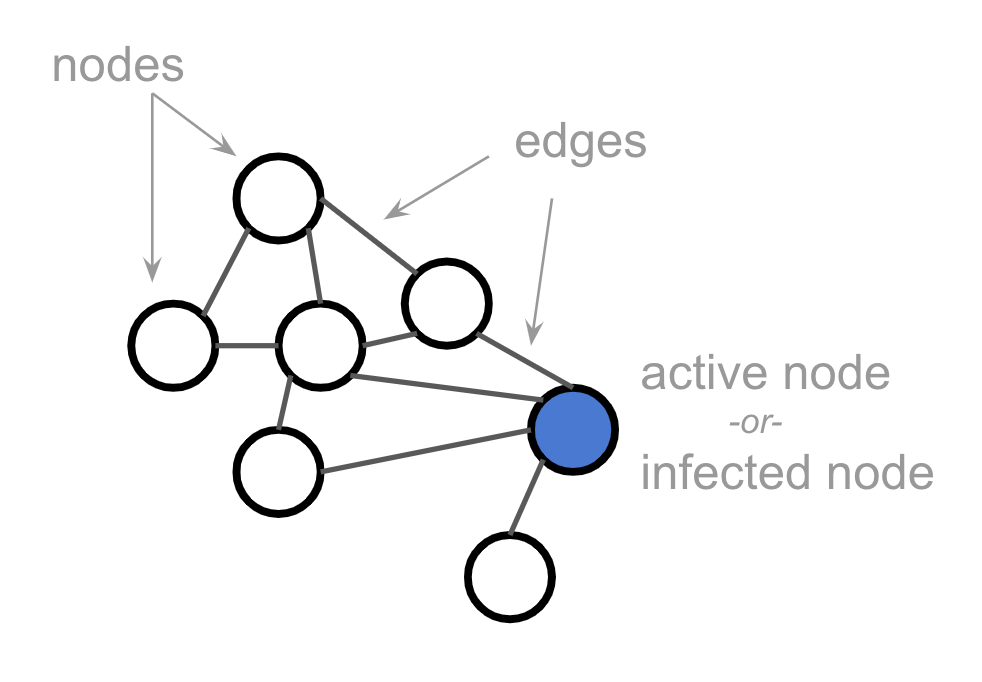This explorable features an agent based model for road traffic and congestion. The model captures a phenomenon that most of us have witnessed on highways: phantom traffic jams, also known as traffic shocks or ghost jams. These are spontaneously emergent congested segments that move slowly and oppositely to the traffic. The explorable illustrates that phantom jams are more likely to occur if the variability in car speeds is higher:
So, if say 90% of the cars try moving at 120 km/h and 10 percent at 150 km/h, everyone might end up going 80 km/h on average. Whereas if everyone travelled at about 120 km/h no reduction of collective traffic flow occurs.
…
This is the best demonstration I’ve ever seen of the creation of phantom traffic jams. Playing with the (interactive) model, you can set up scenarios and watch how they affect traffic throughput. When everybody drives at 120km/h, everything’s fine. But when everybody drives at between 120km/h and 150km/h, traffic jams occur which result in everybody having to slow down to less than 120km/h!
This counterintuitive fact is hard to explain to people, but this interactive model makes it perhaps a little bit easier.
(There are, of course, other – more human – factors that result in an increased frequency of phantom traffic jams, but mathematicians are rarely concerned with what happens in the real world!)
















